Appliance makers have a long history of disregarding safety concerns in order to give customers what they want. Flush mounted ovens are the latest example.
It usually takes a decade of calamities before building code is changed to force appliance makers to address the safety issues that they already know about but simply prefer to ignore. Flush mounted ovens are the new danger that’s being ignored.
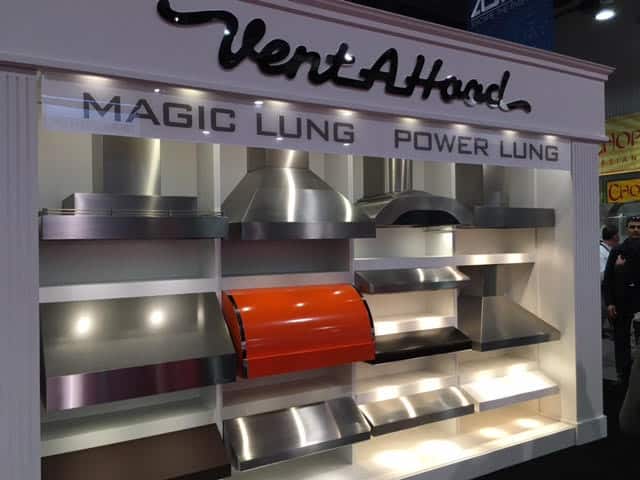
For example, professional cooktops and ranges were sold to homeowners for residential use with high powered hoods for about ten years before building code was changed to require a replacement air system for all hoods over 400 CFM’s.
Up until the building code was changed in 2011, untold thousands of homeowners and their families were exposed to carbon monoxide pulled back into their homes from their chimney exhaust by the powerful blower’s appliance makers knowingly sold to residential customers. See #7 in this blog.
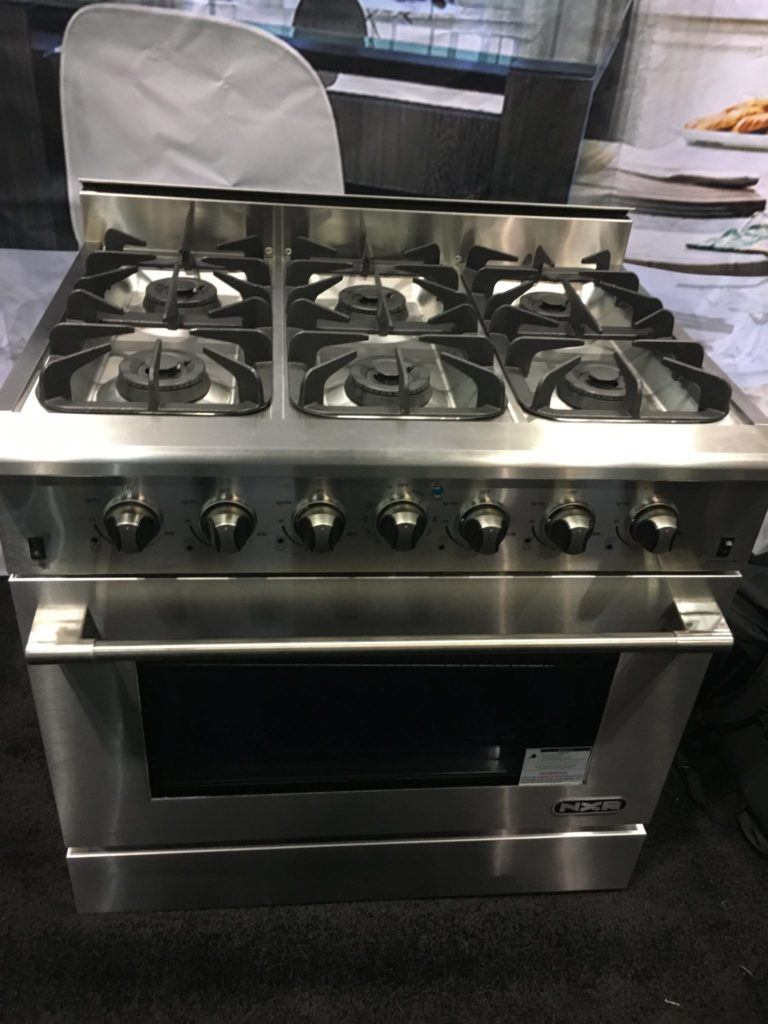
Another danger that continues to this day and causes the death of a couple of children each year is ranges installed without an anti-tipping lock. Small children open range doors and stand on the door tipping the appliance on top of them. Although securing all ranges is code it is often overlooked even in appliance showrooms.
The newest danger that is growing in popularity and encouraged by appliance dealers is installing ovens flush mounted with the oven doors even with the face of cabinetry.
This gives a custom and seamless look particularly with inset cabinetry. However, it has not been determined exactly how dangerous this is. Most cabinet makers void their warranties when ovens are installed this way. And appliance manufacturers make no claim as to safety when their ovens are installed with the door of the oven flush with the face of a cabinet. When installed flush inset, the seal between the door and the oven box is behind the face frame of the wooden cabinet. However, appliance centers frequently showcase this look encouraging customers to ask for their ovens to be installed in this manner.
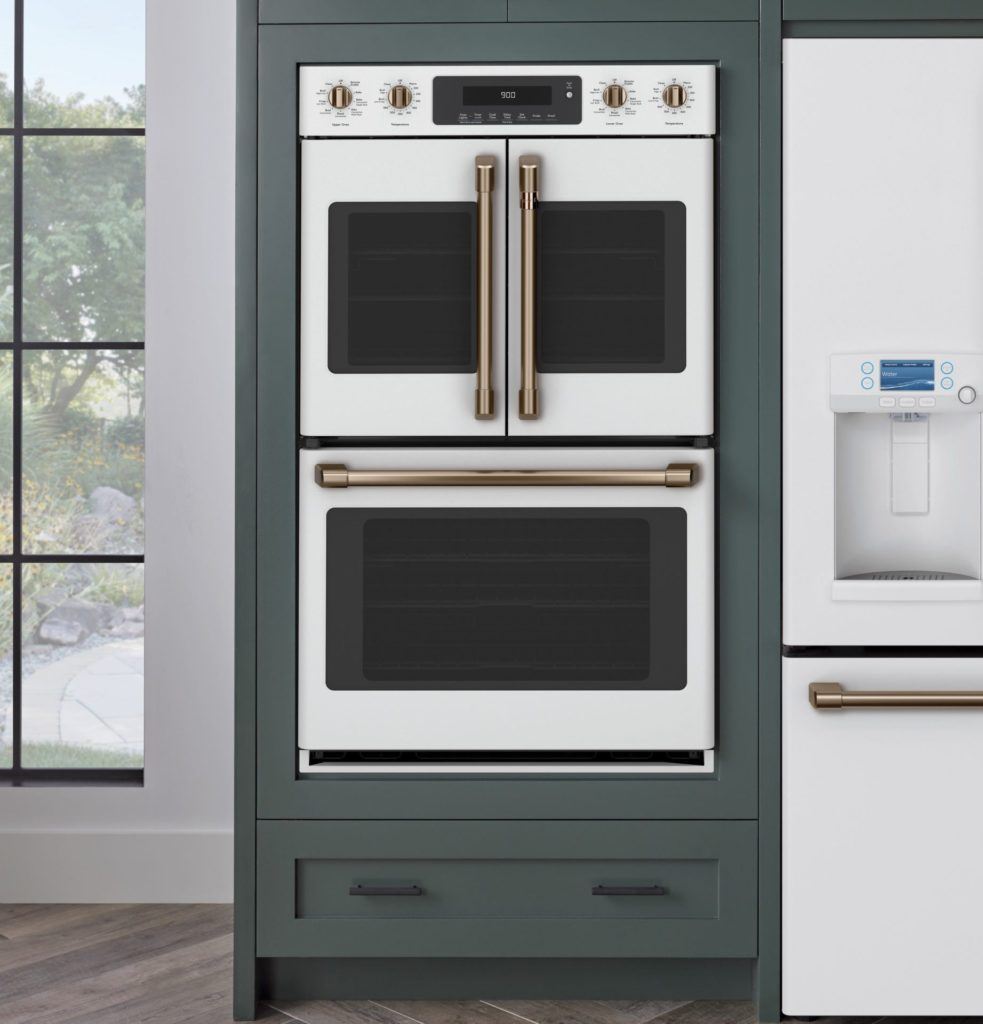
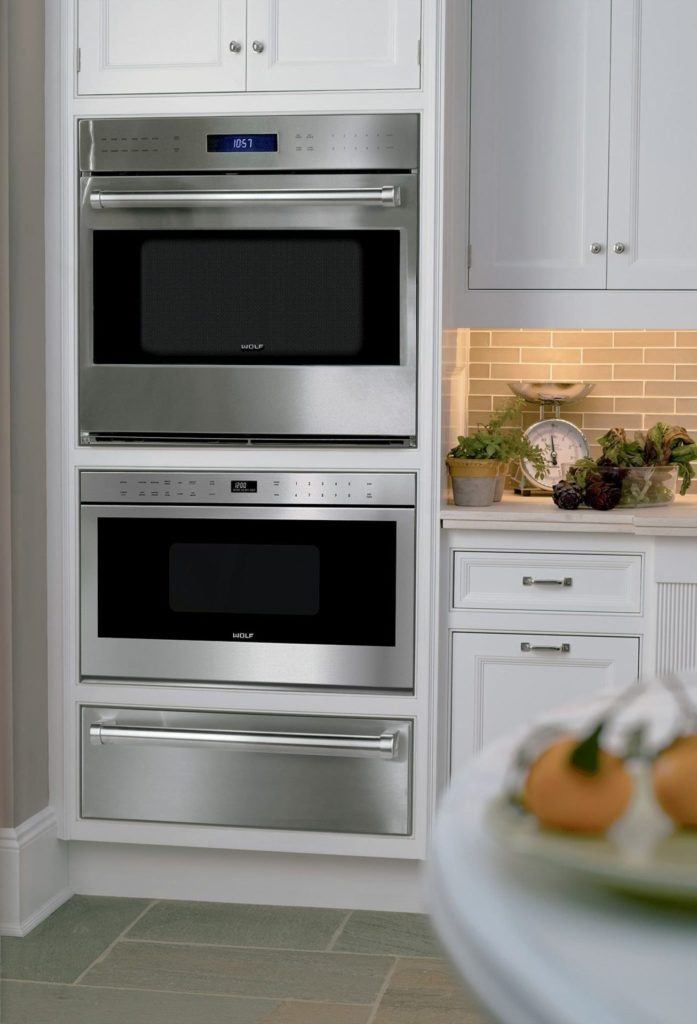
It does not take much imagination to foresee the risk of a fire when the oven is flush mounted. Think about what would happen if the seal on the oven door failed when the oven is on.
Particularly when the oven temperature is high when broiling or set to the self-cleaning cycle of 750 degrees Fahrenheit. Ovens are designed to mount with the rim around the oven covering the cabinet front. This seals the oven box from the interior of the cabinet such as shown in the photo below.
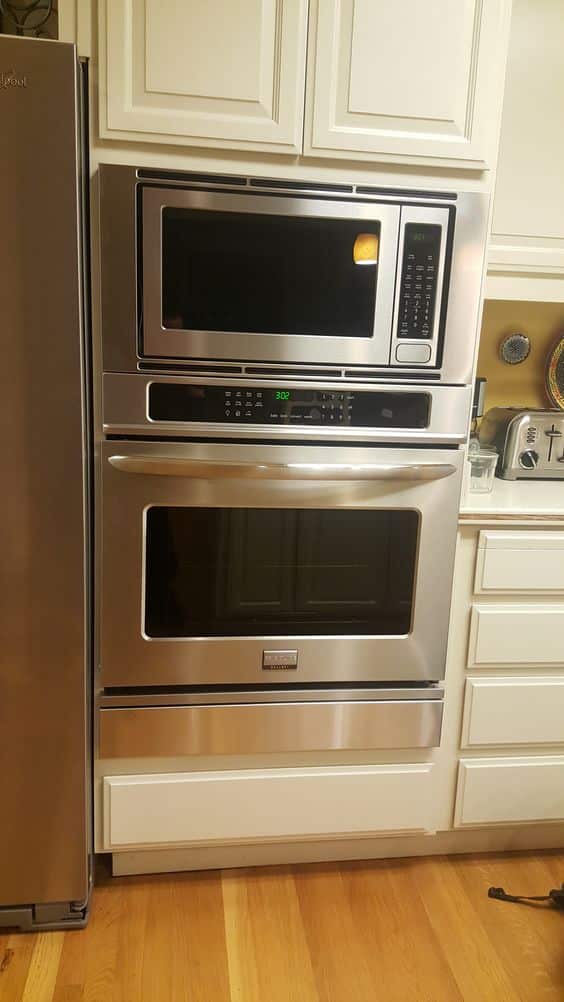
Cabinet doors and drawer fronts are recommended being over an inch away from the oven for safety. So how can appliance dealers show appliances with the oven seal pressed against the side of the cabinet and the oven box actually behind the face of the framed wooden cabinet? The answer is that unless someone makes a law and changes building code appliance dealers and manufacturers rarely address safety!
Showing this flush mount installation of ovens is irresponsible. Appliance makers surely know this but once again they have put profits above safety.
Hoping your appliance salesperson, kitchen designer and installer protect you from this particularly bad idea.
During these difficult times we wish you a safe and heartfelt . . .
Bon Appetit!
Paul, Julie, Chris, Ed, Lauren, Jeremy, Juliet, Camilla, and Mark
Main Line Kitchen Design

7 Replies to “Flush Mounted Ovens: The New Appliance Danger.”
no thanks
I’m sorry but this is just not good information. “well what if my oven seal fails”…well the appliance being flush is NOT what is going to burn the house down…it’s that you have a fire hazard of an oven.
This just kind of speaks to “we haven’t done it that way so I’ve found a way to make it sound scary”.
Flush installation instructions for appliances that are intended to be installed that way are very clear – but again a lot of folks don’t like doing it because they don’t want to take the time and pay attention to how things are changing for the better.
Tough life.
pmcalary[ Post Author ]
No Thanks,
I seldom insult posters, but your thinking is ill conceived and foolish. It doesn’t matter if it was technically due to a faulty oven that your home burned down. Your home is still in ashes. This is the type of thinking that blames the people committing mass shootings and not the availability of assault rifles. People are still dead unnecessarily. Silly finger pointing will not ease anyone’s loss.
Oven seals go all the time. Ask anyone that had their thermofoil cabinetry melt due to their oven seal failing.
As a techy and award-winning innovator, I love new products. Unfortunately, the appliance industry has a terrible track record for safety and has knowingly poisoned, killed and injured people several different ways until they were FORCED to make changes. This is just another half-baked sales idea that they never tested, vetted, or gathered any safety data on.
If you think that there is a government agency that would prevent them from insetting cabinets before any data was collected. DREAM ON. They started insetting appliances the day a customer asked for it that way. Without changing the appliances. This is why cabinet companies do not warranty the cabinets against these types of installations. Only after death and injury does the government step in to make building codes for appliance manufacturers such as requiring appliance anti tip devices, replacement air systems, etc.
Scott Brody
Paul,
Flush mounted appliances have been common around the world for some time. You have not demonstrated any scholarly evidence such as fire statistics or laboratory testing to back up your strong claims of danger. There are models which are designed with the intent to be installed flush. Making nearby cabinetry out of non-combustible materials would be one way to address safety, and might even perform better than a non-flush mount plus wood combination. If flush mount is in the manufacturer’s instruction, and the device is listed to a nationally recognized standard like UL (or CE in Europe), it is most likely there would be some engineering analysis done.
pmcalary[ Post Author ]
Scott,
I’m very aware of what is common in our industry. You seem to know very little about the history of kitchen design and the cabinet industry as the problems in our industry are ALLWAYS left unconsidered and unaddressed for decades before any reliable “fire statistics or laboratory testing” might become available. If you read the blog I gave a couple of examples. Insetting appliances proceeded any design changes in wall ovens. Today there are some new models that address the issue. However, all models are still routinely installed inset.
With inset cabinetry insetting an oven would require a deep L flange to prevent hot air from damaging or igniting the frame of the cabinet should the oven seal fail. Appliance companies give no direction on whether cabinetry should be altered due to combustion issues and only give instructions on how to install the appliance so that the face sits flush, with no regard to combustion issues. This is why cabinet manufacturers void their warranty on these type installations. Appliance companies also make no claims as to cabinetry safety in these installations.
Contractors guessing on what is needed to install an oven safely when the manufacturer gives no directions is a ridiculous proposition.
Gwynne
This is very helpful – I am buying double wall ovens for our remodel and noticing how some are installed differently – some more flush than others – and this is the only article discussing this that I have found and makes sense to me! Thank you! I know what I am buying now. I didn’t want to cheapen the look and never even thought that it could be a safety issue. With 4 kids, I could see this being very dangerous in our house!
pmcalary[ Post Author ]
Hi Gwynne,
It really is only VERY dangerous when you have inset cabinetry. With full overlay door styles, it can be done with many ovens and still be safe. However why bother and make the installation much tougher. It looks fine installed normally with full overlay cabinetry. Plus, most people getting into this much minutia are missing a giant design flaw elephant. Generally, we see such poor designs when people call into our podcast and help line that most people should be worrying about design first and everything else second.
justaJ
Thank you for your wonderful article young people especially have this assumption that everything is just really safe if its sold or installed by “pros” and that if you’re looking for dangers and being cautious over certain things sometimes they’ll look at you like you’re being too paranoid when in reality there’s a lot of things to be cautious about that are overlooked and just accepted as a norm. Bottom line is that concerns should be looked into and not ignored simply because one feels too busy to deal with it , get a checklist and put it on your list of things to research later when you have time if that’s your attitude, Chances are you’ll find yourself doing some serious entertainment in the next few days and that time could’ve been used to research the certain kind of safety issues rather than overlooking everything, due to inconvenience: due diligence saves lives. So do guardian angels God bless all!